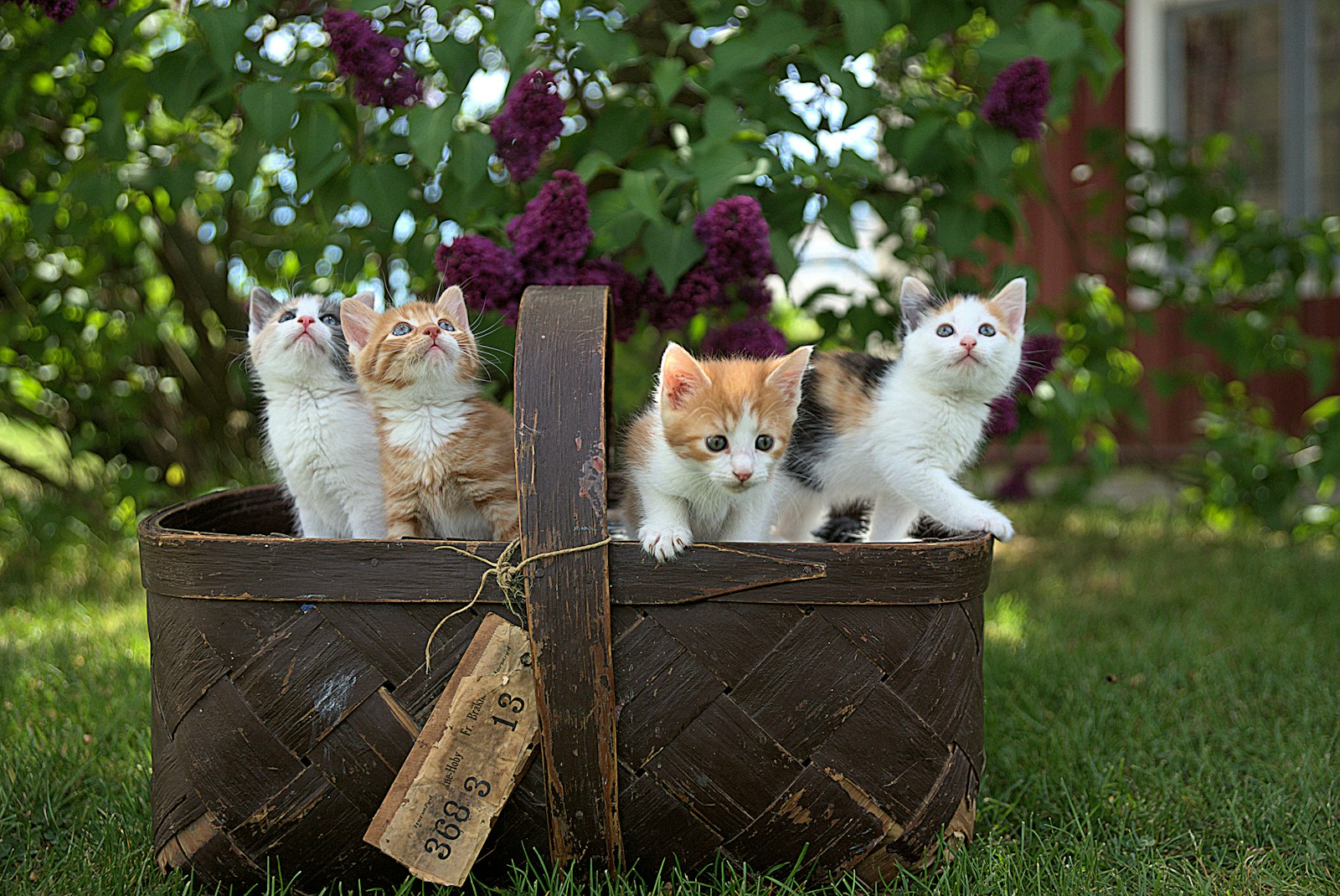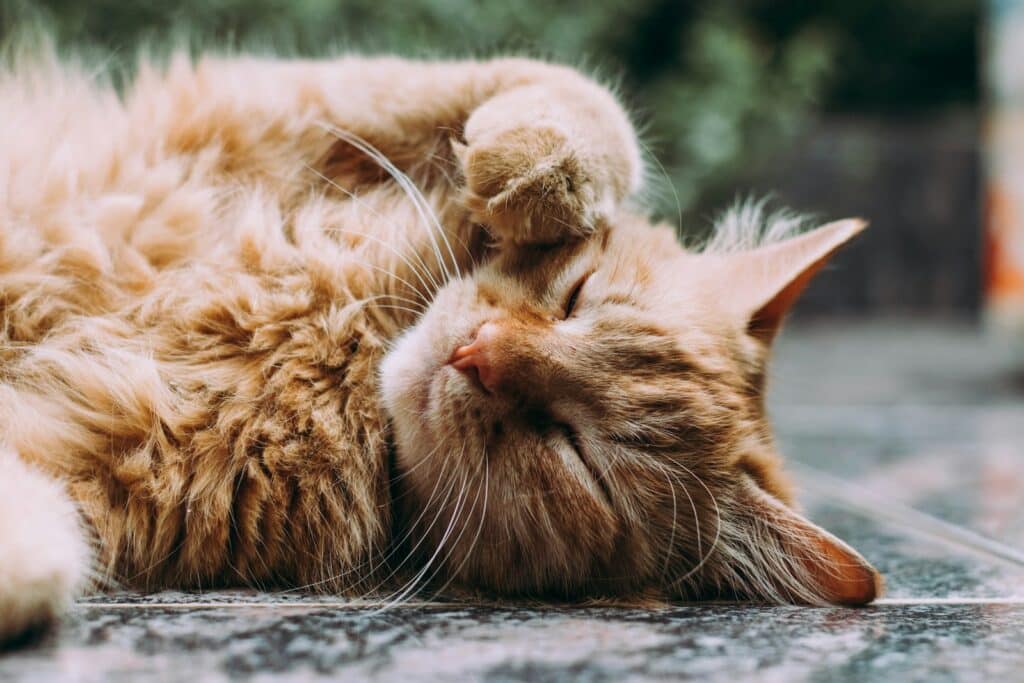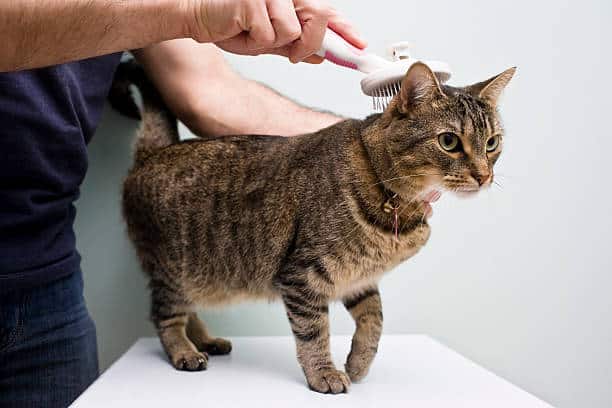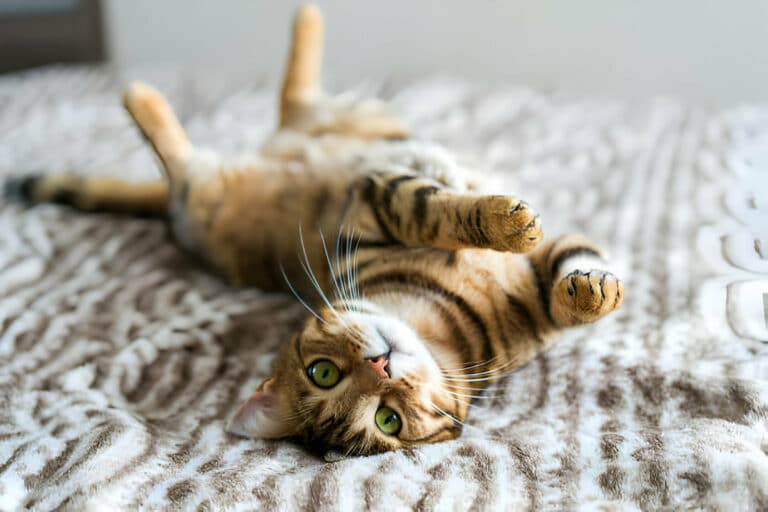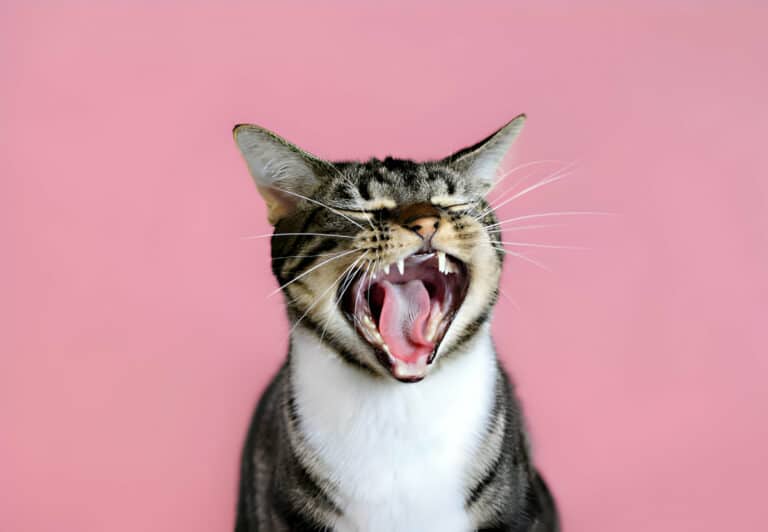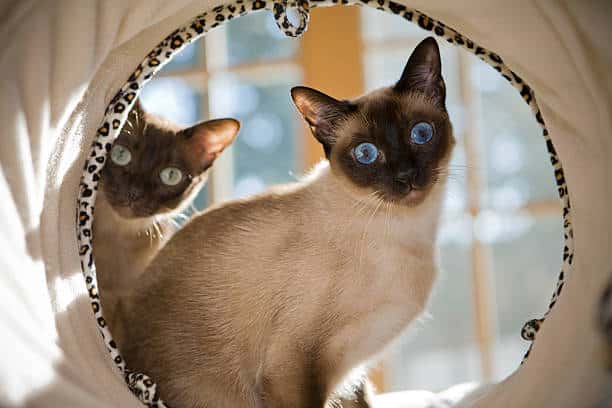Did You Know About The Enigmatic Behavior Of Nocturnal Cats?
Mystery surrounds the nocturnal behavior of cats, fascinating and intriguing cat owners and animal enthusiasts alike. While many are aware that cats are crepuscular creatures, most active during dawn and dusk, their nighttime antics remain shrouded in mystery. From their stealthy movements to their heightened senses, nocturnal cats display a range of behaviors that set them apart from their diurnal counterparts. In this blog post, we will explore the enigmatic behavior of nocturnal cats and investigate into the reasons behind their intriguing nighttime habits.
Unraveling Nocturnal Mysteries
Nighttime Activity Patterns
With their keen eyesight and superior hearing abilities, nocturnal cats exhibit fascinating nighttime activity patterns. Instead of being sedentary during the dark hours, these enigmatic creatures come alive, engaging in hunting, exploring, or marking their territories under the moonlit sky. Their behavior is a testament to their remarkable adaptation to the nocturnal lifestyle.
Sensory Adaptations for the Dark
Nighttime environments present unique challenges for animals, especially those, like cats, that primarily rely on their vision. Nocturnal cats have evolved impressive sensory adaptations for navigating and hunting in the dark. Their eyes are equipped with a high concentration of rod cells, enhancing their ability to see in low light conditions. Furthermore, their whiskers serve as sensitive touch receptors, aiding in spatial awareness in the absence of light.
Nighttime sensory adaptations enable nocturnal cats to thrive in the dark, turning what may seem an obstacle into an advantage. Their heightened senses not only help them hunt efficiently but also keep them safe from potential threats in the shadowy realm they call home.
Communication and Interaction
Vocalizations After Dark
Little is known about the intricacies of nocturnal cat communication, but one fascinating aspect is their vocalizations after dark. Cats are known to meow, yowl, and purr at night, with each sound possibly serving a different purpose in their mysterious nighttime world.
Social Dynamics of Nocturnal Cats
On the other hand, the social dynamics of nocturnal cats are complex and intriguing. One important aspect of their interactions is their ability to form hierarchies within their groups, which can influence their behavior and communication patterns.
After all, nocturnal cats are not solitary creatures but often live and hunt in groups, relying on each other for survival and social interaction. Understanding their social dynamics can provide valuable insights into how these enigmatic animals navigate their nighttime world.
Environmental Impacts on Nocturnal Habits
Urban vs. Rural Night Life
Despite their adaptability, urban and rural environments have contrasting effects on the nocturnal habits of cats. In urban areas, the presence of artificial lights and noise pollution can disrupt their natural hunting behavior, leading to erratic sleeping patterns. In contrast, rural areas provide a quieter and darker setting, allowing cats to exhibit more typical nocturnal behavior such as hunting and exploration.
The Impact of Human Activity
With the rapid expansion of human settlements and infrastructure development, the natural habitats of nocturnal cats are increasingly encroached upon. This results in fragmentation of their territories, making it challenging for them to find suitable hunting grounds and rest areas. Moreover, human activities such as deforestation, pollution, and vehicle traffic pose significant threats to the survival of nocturnal cats.
To mitigate the impact of human activity on nocturnal cats, conservation efforts must focus on preserving their natural habitats, creating wildlife corridors, and implementing measures to reduce human disturbance in sensitive areas. By raising awareness and implementing sustainable practices, we can help protect the enigmatic behavior of these elusive creatures for future generations to appreciate and marvel at.
Addressing Nocturnal Behaviors
Ensuring a Safe Night Environment
Now, when it comes to managing the nocturnal behaviors of cats, ensuring a safe night environment is crucial. Cats are natural hunters and explorers, and they thrive during the nighttime hours. To keep your feline friend safe while they are active in the dark, make sure your home is secure and free of any hazards that could harm them during their nocturnal adventures.
Managing Nocturnal Activity in Domestic Cats
Nocturnal behaviors in domestic cats can be disruptive to their owners. To manage their nighttime activity, it’s crucial to provide adequate stimulation during the day to prevent excessive energy build-up at night. Engaging your cat in interactive play sessions and providing enrichment activities can help redirect their nocturnal energy in a positive way. Additionally, establishing a consistent nighttime routine and creating a calm sleeping environment can encourage your cat to rest during the night.
Addressing the nocturnal behaviors of domestic cats requires a proactive approach to promote a healthy and balanced lifestyle for your feline companion. By understanding their natural instincts and providing the necessary environment and stimulation, you can help manage their nocturnal activities effectively while ensuring their well-being.
Summing up
From above, it is evident that the behavior of nocturnal cats is indeed enigmatic and fascinating. Their ability to see in low light, hunt at night, and communicate through vocalizations and body language makes them mysterious and intriguing creatures. Understanding their nocturnal habits can help us appreciate and respect these amazing animals even more.

